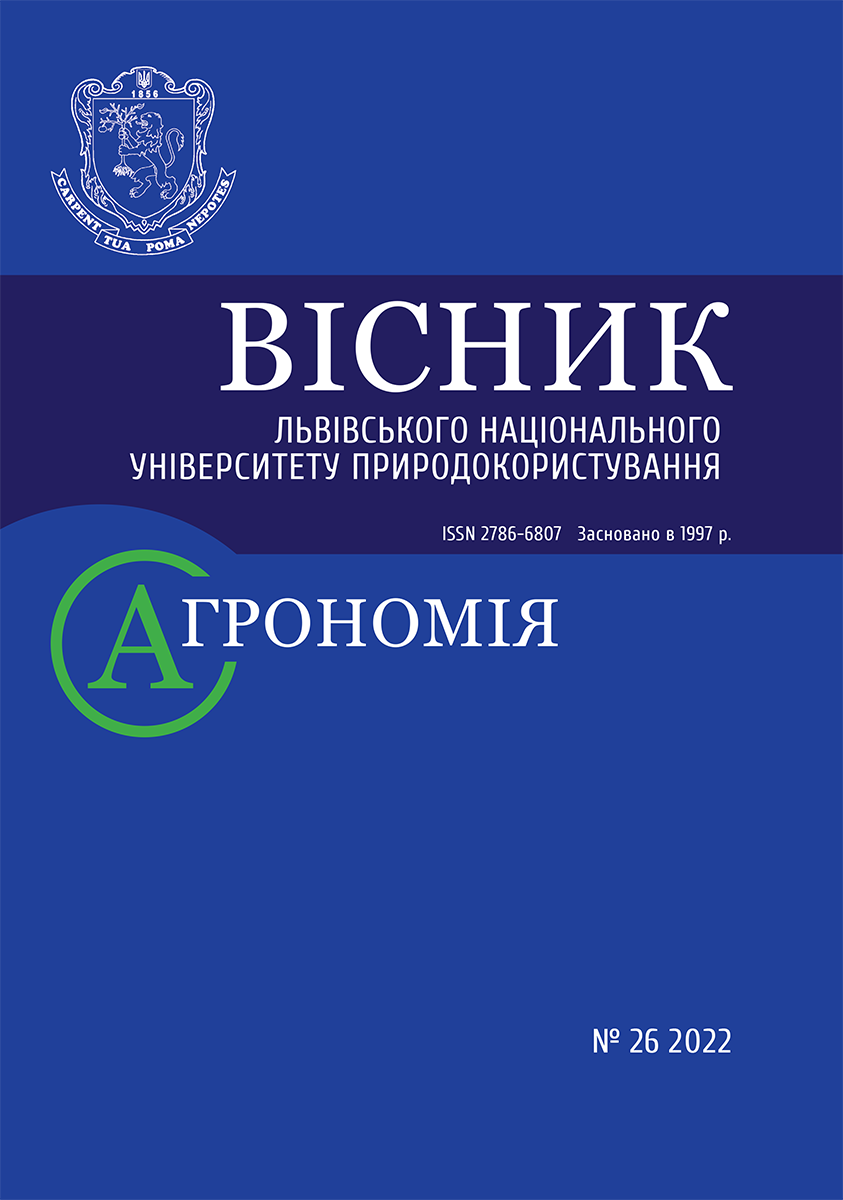MARKETING SUPPORT FOR ESTABLISHMENT AND DEVELOPMENT OF GREEN TOURISM IN LVIV REGION
DOI:
https://doi.org/10.31734/agronomy2022.26.005Keywords:
green tourism, marketing complex, agro-village, marketing support, competitivenessAbstract
The research topic is devoted to the study of effectiveness of the marketing approach to management of the regional tourism development. The article supplies a comprehensive study of the concepts of «green marketing», «sustainable marketing» and «environmental marketing». Domestic and foreign scientists have different approaches to these concepts. The authors of the research identify features of green tourism, which contribute to the raise of its attractiveness at the market of tourist services. The essence and elements of marketing planning in the process of creation and development of agro-villages are considered. The most promising options for promoting tourist services are presented. The marketing strategies of agro-village development and its products in the field of green tourism are schematically described. The presented three-stage marketing model of agro-village development will contribute to evolution of their positioning at the market in the direction of formation of traditional agro-villages with a full list of related services for long-term accommodation of all categories of tourists.
The article considers all key prerequisites for development of green tourism in the studied region, i.e. Lviv region. The analysis of statistical data on distribution of domestic tourists served by tour operators and travel agents for the purpose of travel and regions demonstrates leading positions of the region, especially in the field of health-curative tourism.
The study shows that development of green tourism is uneven within the region boundaries. According to the availability of recreational resources, which are an integral part of development of this type of tourism, more than 95 % of agro-villages are located in the southern and south-eastern part of the region. By making SWOT-analysis of green tourism in Lviv region, the researchers identify potential opportunities and threatening factors of its development. Basing on assessment of the rural green tourism development under the effect of different factors, a set of measures is proposed to improve the examined area.
References
Haponenko H., Vasylenko A., Shamara I. Green Tract Organizing Prospects in Ukraine as an Internal Tourism Market Development Priority Direction, The Journal of V. N. Karazin Kharkiv National University. Series: International Relations. Economics. Country Studies. Tourism. 2021. No 15. P. 174–185.
Hryshchenko O. F. Study of the problems and prospects of using green marketing in tourism. Economic problems of sustainable development: materials of Ukrainian scientific and technical conference of students, doctoral students and young scientists, dedicated to the 80th anniversary of the birth of Professor Oleh Balatskyi, Sumy, April 21–25, 2017. Sumy: Sumy State University, 2017. P. 265–267.
Khudoba V. V., Labartkava V. K. The essence and functions of ecotourism. 2019. Available at:URL:http://repository.ldufk.edu.ua/bitstream/34606048/23927/1/%D0%9B%D0%B5%D0%BA%D1%86%D1%96%D1%8F%201.pdf (Accessed 11 February 2022).
Kobernichenko T. O. Rural green tourism: academic course. Kyiv: Agricultural education. 2005. 76 p.
Pride W.М. Study Guide for Marketing / W.М. Pride, O.C. Ferrell. – Houghton Mifflin Company, 2006. – 571 p.
Rutynskyi M. Y. Rural tourism. Kyiv: Znannia, 2006. 271 p.
Shevchenko I. V. Marketing in rural green tourism. Available at: URL: https://www.pdaa.edu.ua/sites/default/files/nppdaa/4.1/317.pdf (Accessed 08 February 2022).
Simkiv L Ye. Theoretical aspects of the strategy of rural green tourism in the region. Scientific Bulletin of NLTU of Ukraine. 2012. Issue. 22.12. P. 74–81.
State Statistics Service of Ukraine: Tourism in Ukraine in 2020. Available at: URL: http://www.ukrstat.gov.ua/ (Accessed 01 March 2022)
Vartanian H. V. The role of environmental marketing in tourism organization. Bulletin of Odessa State Ecological University. 2012. No 13. P. 100–105.


